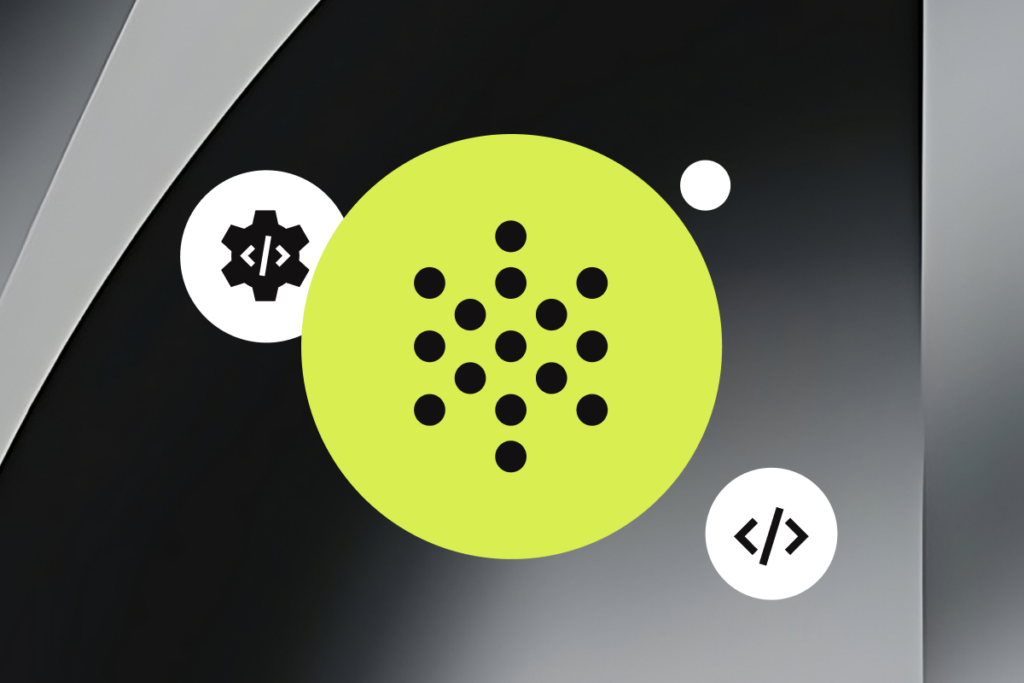Traditional conversational IVRs can be useful as conduits to agents, but they are not capable of resolving issues outside of simple FAQs, and even then, they only work when the customer speaks in short sentences using the right keywords.
These traditional conversational IVRs are often seen by customers as a hurdle they must leap before speaking to a person who can actually help them.
But things are changing with the introduction of call center voice AI.
This next generation of call center voice AI can understand people, however they speak, and give appropriate responses that move customers toward a resolution.
Four ways next generation conversational assistants improve first touch resolution
1. Resolution without going through to an agent
Customer-led conversational assistants can resolve simple and not-so-simple issues without passing them on to an agent. The ability to accurately extract intent from even long and complex utterances reduces the risk of misunderstandings or the assistant needing to respond with a generic, “I’m sorry, I didn’t get that.”
A customer-led conversational assistant should feel so natural that customers forget that they’re not speaking with a person. This enables customers to engage fully with the assistant, significantly increasing the likelihood of an accurate resolution.
2. Sharing live information with agents
When a conversational assistant decides it can’t resolve an issue, it will transfer to an agent. When that happens, it will have already transcribed the conversation and structured it into a useful format that can be sent directly to the agent’s desktop.
The agent gets a pop-up on their screen that tells them what has happened in the conversation so far, and they can pick up where the conversational assistant left off. In other words, the first thing an agent would say could be, “I understand you were trying to make a payment. Let me help you with that.”
This dramatically reduces the call duration, improves the customer experience, and frees up resources to increase first touch resolution.
3. Using structured data to spot trends and improve performance
The data used by managers to spot trends and optimize contact center performance typically come from two sources:
- After call work when the agent records details of the conversations they’ve just had. This information is often unreliable as the agent has to answer the next call as quickly as possible.
- Third-party speech recognition and analysis that give you insights at a later date.
4. Agents are released to work on more rewarding queries
The more issues resolved by the conversational assistant, the more time agents have to work on complex, challenging calls. This is much more stimulating than repeating the same answers all the time, which means agents are more likely to stay in the role longer. This creates a virtuous cycle of more experienced agents resolving more issues on first contact and lowering call transfer rates across the board.
Measurable improvement in first touch resolution
Customer-led conversational assistants measurably improve first touch resolution and the efficiency of contact centres. PolyAI conversation assistants typically resolve 30-50% of calls without passing them on to an agent.



